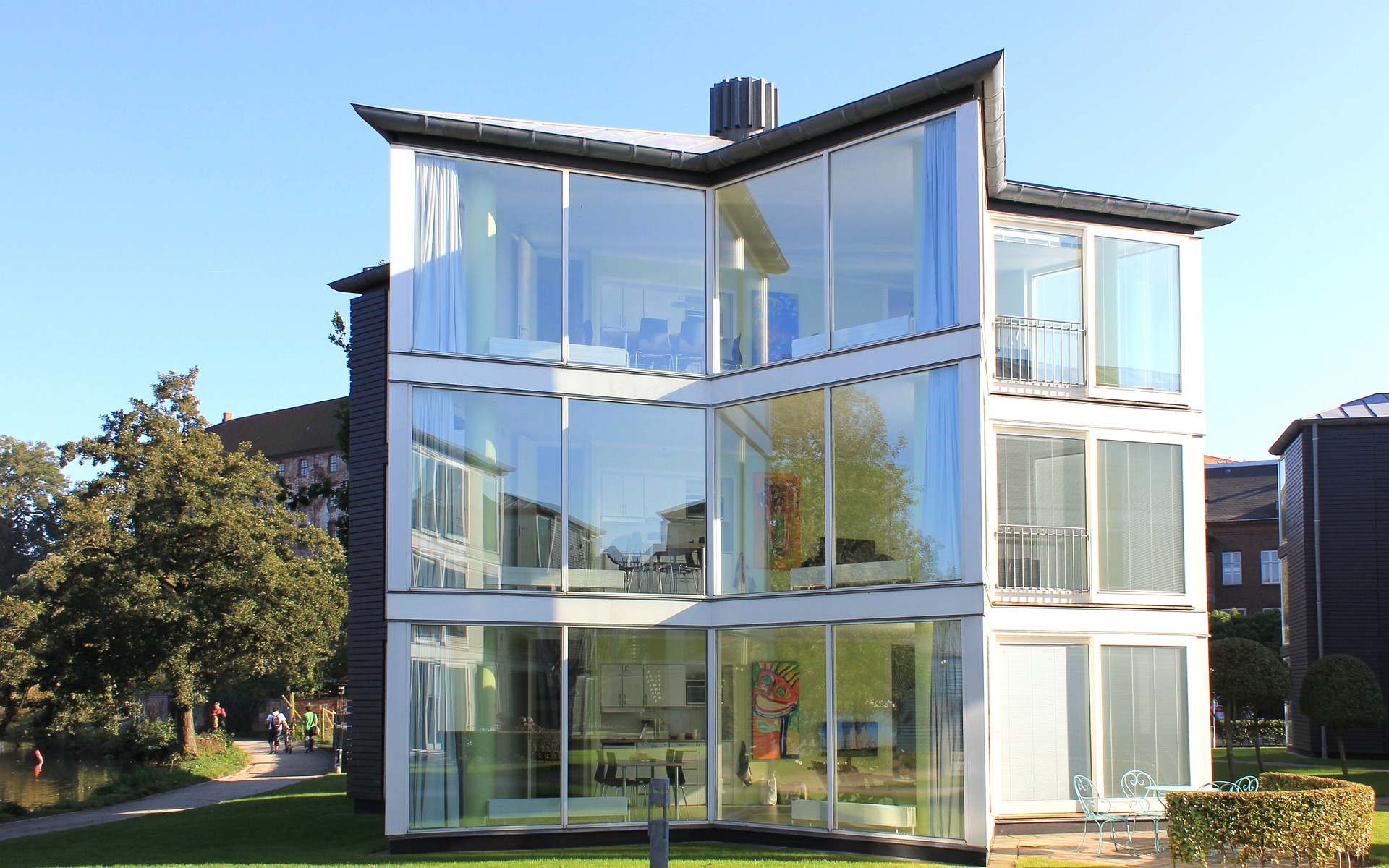Reshaping the Industrial Landscape: The Role of Servitization
Servitization is a comprehensive transformation strategy that is increasingly becoming a crucial aspect of business operations in the industrial sector. Companies are actively investing in the integration of product-based businesses with service-led models, challenging the traditional notions of revenue generation and competitive advantage. But how exactly is servitization disrupting the business landscape, and what value does it offer?

The Advent of Servitization in the Industrial Sphere
The shift towards a service-oriented business model, also known as servitization, is rapidly becoming a significant trend across various industries. From manufacturing to IT, companies are investigating ways to effectively evolve their product-based business models to deliver comprehensive solutions that include products, services, and support.
Servitization has emerged as a way forward in the fiercely competitive corporate world where the advantages of a product become obsolete swiftly and frequently. By incorporating a service element into their operations, businesses can not only secure a stable revenue stream but also foster customer loyalty.
How Servitization is Reshaping Business Models
The business world’s shift toward servitization indicates a widespread recognition that products alone no longer suffice as a value proposition to customers. The evolution of consumers’ demands and expectations has driven businesses to reevaluate their strategies and shift from an equipment-centric model to a customer-centric one.
The focus now lies on offering holistic solutions combining products and services. This strategy is proving beneficial in building stronger relationships with customers, improving operational efficiency and realizing a more sustainable revenue stream.
The Competitive Edge That Servitization Offers
Servitization enables businesses to differentiate their offerings from competitors, fostering customer loyalty and enhancing their own market standing. When services are intertwined with products, customers are less likely to switch to an alternative provider due to the hassle and costs involved. This increases customer retention and boundary spanning, directly improving the company’s financial resilience.
- Servitization boosts a company’s financial stability by providing a steady revenue stream.
- Transitioning to a service-oriented model helps retain customers in the long run, enhancing market competitiveness.
- By adopting servitization, businesses can stay ahead of rapid technological advancements and changing consumer demands.
Key Challenges in Implementing Servitization
Despite its ample advantages, transitioning to a service-based model is not an easy task due to the fundamental shift in business philosophy it entails. Enterprises face substantial challenges in balancing service delivery with manufacturing, modifying traditional revenue models, and ensuring proficiency in service management.
Another significant challenge is preparing and motivating employees for the return to customer interface. Technological transformation, scalability, and compatibility also demand careful attention when implementing servitization strategies.
Servitization as a Pathway to Sustainability
In culmination, servitization offers a viable pathway to business sustainability. By increasing their service offerings, companies are more likely to retain customers and secure a robust revenue stream. Despite the challenges involved, the substantial benefits are increasingly compelling industries to shift from a product-centric model to a service-centric one.
Servitization acts as a powerful business strategy that allows companies to simultaneously address the triple bottom line: people, profit, and the planet. Seen in this light, the transition to a service-based model is not just a change, but moral and strategic progress towards a sustainable business environment.
The era of servitization is at our doorstep. For businesses looking to stay competitive and future-proof their operations, embracing this change is mission-critical. The rewards can be substantial, and those which are ready to invest the time and resources into this transformation can look forward to reaping long-term benefits.




